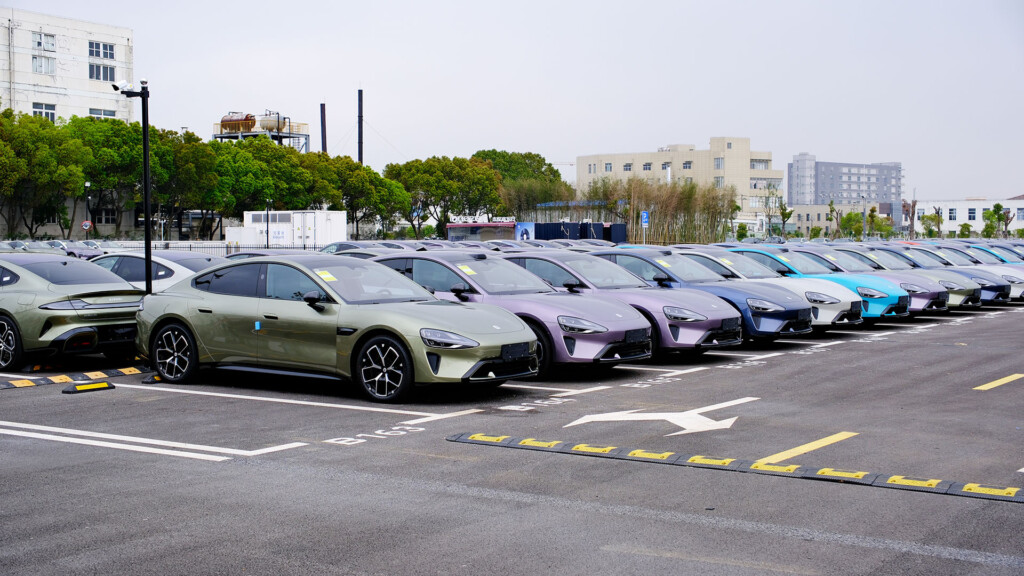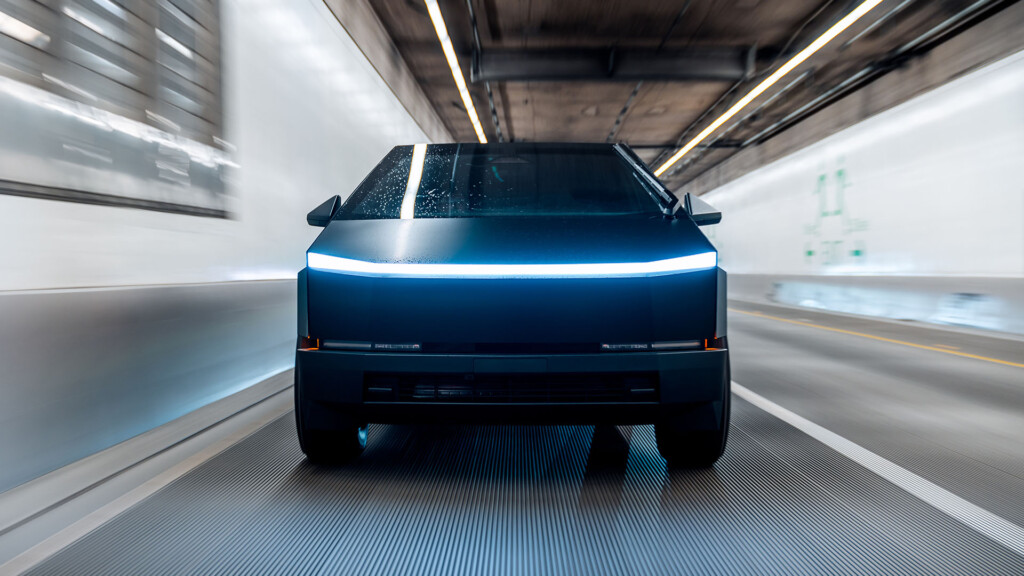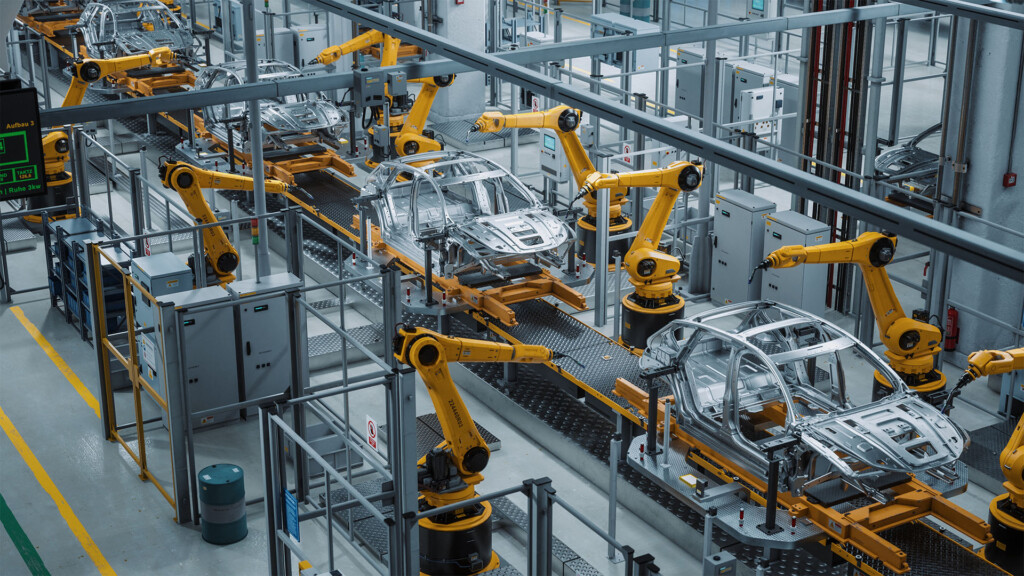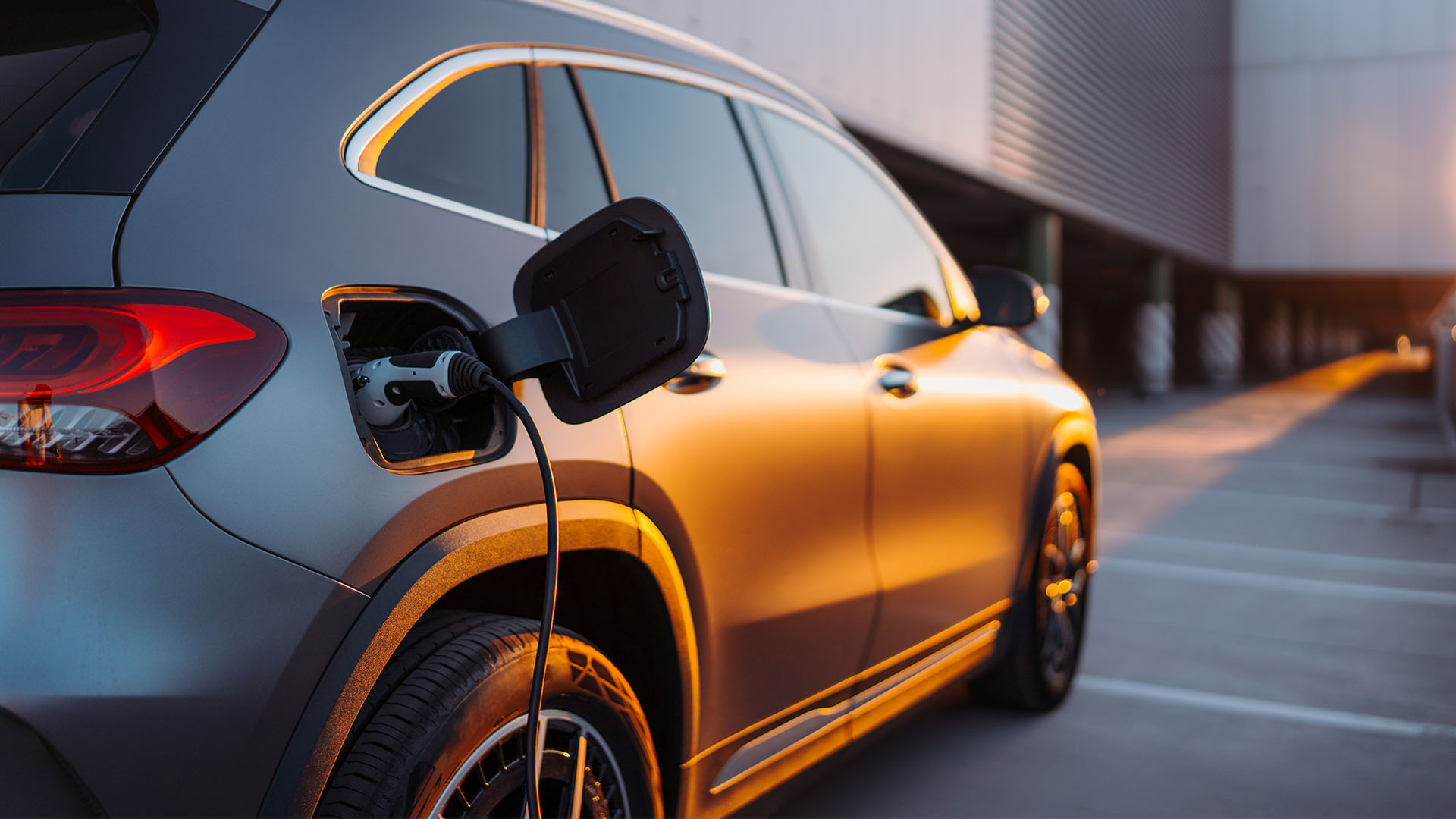New energy vehicle (NEV) startups across North America and China are shaking up the century-old dominance of legacy automakers. Companies like Tesla, Rivian, NIO, and Xpeng aren’t just building electric vehicles (EVs) — they’re reshaping the future of mobility through bold innovation, advanced technology, and fresh business models.
Global electric car sales exceeded 6.6 million units in 2021.1 That’s double from the previous year and represents nearly 9% of the global car market. This presents multiple challenges for legacy automotive giants, who risk becoming obsolete. Here, we’ll look at what those challenges are and how to overcome them.
Market Competition Intensifies
Legacy car companies are feeling the heat from a new breed of EV startups. These up-and-coming brands are winning over eco-friendly drivers with their sleek, innovative electric cars.
China’s EV Revolution
China, the world’s biggest car market, is going electric at lightning speed. NEV sales reached 3.5 million units in 2021, accounting for around 15% of total vehicle sales.2 And that number is climbing. Chinese startups like BYD, NIO, and Xpeng are leading the charge, with government incentives accelerating EV adoption.

In a major upset, BYD surpassed Tesla as the world’s largest EV manufacturer in the first half of 2022, selling over 641,000 EVs compared to Tesla’s 564,000.3
North American Surge
Tesla is now a household name in North America, delivering over 936,000 vehicles globally in 2021 – an impressive 87% increase from 2020. But newcomers like Rivian and Lucid Motors are elbowing their way into the market with innovative designs and high-performance models. Example: Rivian, backed by Amazon and Ford, first delivered its R1T electric pickup truck in late 2021 and secured an order of 100,000 electric delivery vans from Amazon.
The agility of these startups allows them to bring vehicles to market far more quickly than legacy automakers, who are often burdened by complex organizational structures and legacy systems.
Technological Innovation and Software Competency
Bridging the technological gap is one of the biggest challenges for legacy automakers. NEV startups typically possess superior expertise in key areas such as battery technology, software integration, and autonomous driving systems.
Tesla’s Technological Edge
Tesla’s advanced software capabilities means their vehicles are often described as “computers on wheels.” Their over-the-air (OTA) software updates and Autopilot feature have set new industry standards, forcing legacy manufacturers to rethink their approach to vehicle software and connectivity.

Innovations from China
Companies like NIO are pioneering battery-as-a-service (BaaS) models. This involves battery swapping technology that addresses range anxiety and reduces upfront costs for consumers. As of mid-2022, NIO has already established over 1,000 battery swap stations across China and completed over 10 million battery swaps. NIO’s service model not only differentiates them from NEV competitors, but also creates a recurring revenue stream.
Legacy automakers are investing heavily to catch up. Volkswagen, for example, announced plans in 2023 to spend $131 billion on electrification and digital technologies over five years.4 However, integrating software capabilities into traditional manufacturing processes is a significant challenge in itself. The evidence is the delays in Volkswagen’s own software development efforts.
Evolving Consumer Preferences and Brand Perception
Consumer attitudes toward mobility are changing, with a growing emphasis on sustainability, connectivity, and personalized experiences.
Consumer Trends
Over 50% of consumers in China and 29% in the U.S. prefer electric for their next vehicle.5 The factors driving this shift? Environmental concerns and government incentives.
Startups Capturing the Zeitgeist
NEV startups are jumping on this trend by positioning themselves as environmentally friendly and technologically advanced alternatives. An example is Lucid Motors’ Air sedan, which boasts a range of over 500 miles per charge, appealing to consumers with range anxiety.
Legacy automakers have an image problem. People often associate them with gas-guzzling cars and even outdated technology. To convince consumers to give their EVs a chance, these companies need to do more than just build great cars. They need to revamp their whole brand image. Ford’s launch of the all-electric Mustang Mach-E and F-150 Lightning is a clever way to use iconic models to make a fresh start.
Supply Chain and Manufacturing Overhaul
Transitioning from internal combustion engines (ICEs) to EVs means completely overhauling existing manufacturing processes and supply chains.
Supply Chain Challenges
Legacy car manufacturers are struggling to get their hands on critical components, such as lithium-ion batteries and semiconductor chips. Industry analysts attribute the global chip shortage in 2021 and 2022 to an estimated loss of over 10 million vehicles in production worldwide.

Startups’ Strategic Moves
New car companies, without the baggage of legacy systems, can design their supply chains from the ground up to optimize EV production. Look at Tesla, who’s locked in long-term contracts for key materials like lithium, nickel, and cobalt. They’ve invested in battery production facilities, such as the Gigafactory Shanghai, which produced over 947,000 vehicles in 2023.6
Legacy Automakers’ Response
Big car companies are forming joint ventures and partnerships to gain a competitive edge. For example, General Motors announced a $2.3 billion investment in a joint venture with LG Energy Solution to build a battery cell manufacturing plant in Ohio. But ramping up these operations takes time and substantial capital investment.
Regulatory Pressures and Policy Shifts
Governments worldwide are implementing policies to combat climate change, including mandates to phase out ICE vehicles and incentives for EV adoption.
Global Initiatives
The U.S has set a goal for 50% of all new vehicles sold by 2030 to be electric. The European Union plans to ban the sale of new ICE cars by 2035. China, meanwhile, wants NEVs to account for 40% of all vehicle sales by 2030.
Impact on Automakers
These regulations create opportunities for NEV startups, but they pose compliance challenges for legacy automakers. Meeting new emission standards demands significant investment in new technologies. In 2020, EU automakers paid around U.S. $552 million in fines for missing their CO2 emissions reduction targets.7
In China, government support for NEVs has driven the explosive growth of startups. Subsidies, tax exemptions, and infrastructure investments have driven a conducive environment for EV development. China’s NEV subsidy program, initiated in 2009, has provided over U.S. $15 billion in incentives.8 How will legacy automakers navigate these regulatory landscapes? They must find the answer while managing the financial implications of transitioning their product portfolios.
Cultural and Organizational Transformation
The rigid structures of legacy automakers can stifle innovation and delay decision making.
Startup Culture vs. Corporate Bureaucracy
Startups foster a creative atmosphere, where people are encouraged to experiment and make changes quickly. Tesla, for example, has been able to come up with new ideas, quickly produce prototypes, and get the results out there faster than legacy manufacturers.
Adapt or Die
To stay ahead of the curve, legacy manufacturers need to embrace organizational change. Ford is a prime example. In 2022, they restructured their operations, creating separate divisions for their EVs (Model e) and traditional cars (Ford Blue). This streamlined their decision-making process and helped them focus on the shift to EVs.
This shift is absolutely essential for driving innovation and responding to the dynamic market environment. To compete with startups, legacy automakers must break down silos across departments and embrace agile ways of working.
Globalization and Market Expansion
Chinese NEV startups continue to target global markets, export their vehicles, and establish operations worldwide.
International Ambitions
MG Motor, a subsidiary of China’s SAIC Motor, has made a successful comeback in the European market with affordable electric models like the MG ZS EV. BYD has expanded its reach to Europe and Latin America, selling electric buses and cars. They’ve entered the Japanese market and plan to nearly double their number of dealerships by the end of 2024.9
Impact on Legacy Automakers
Legacy automakers are being forced to defend their market share while also facing domestic challenges. The influx of competitively priced, technologically advanced NEVs from China adds yet more pressure to pricing strategies. It doesn’t help either that Chinese NEV manufacturers are adopting promotions usually only seen fom legacy manufacturers.
Financial Strains and Capital Allocation
Developing competitive EVs is a major undertaking. It requires a substantial investment in technology, infrastructure, and talent.
Investment Requirements
Legacy automakers must carefully balance their investments with the need to maintain profitability in their existing ICE businesses. General Motors initially planned to spend U.S. $35 billion on EV and autonomous vehicle development between 2020 and 2025. Now they’re investing a further U.S. $850 million.10 Similarly, in 2022 Ford increased its investment in EVs to $50 billion through 2026.11
Startups’ Capital Advantages
Unlike legacy carmakers, startups often have access to large amounts of venture capital and don’t have to worry about supporting older, perhaps less profitable products. Rivian, for example, raised over U.S. $13.7 billion in its 2021 IPO, one of the largest in U.S. history.12
This financial flexibility allows startups to focus their resources on innovation and expanding their market share.legacy carmakers, facing pressure from investors to make profits and pay dividends, may find it difficult to match this level of investment without putting their financial stability at risk.
Conclusion
Legacy automakers face a critical juncture. To remain competitive against NEV startups, they must not only invest heavily in electric and software technologies, but also transform their internal cultures and operations:
- Accelerate Innovation: Invest in R&D to develop feature-rich EVs.
- Change Culture: Foster a more agile, forward-thinking mindset that encourages creativity and quick decision making.
- Form Strategic Partnerships: Partner with tech companies and startups to tap into expertise and innovation.
- Optimize Supply Chains: Build strong partnerships and invest in vertical integration to ensure access to key components.
- Refresh Brand Identity: Align with sustainability and technological advancement to resonate with consumers.
While startups have the advantage of agility, innovation, and focused capital, legacy companies can leverage their scale, brand recognition (even after being given a refresh), and strategic partnerships. The simple fact is, those that fail to adapt will lose relevance.
Sources:
1International Energy Agency (IEA)
2China Association of Automobile Manufacturers (CAAM)
3 Global Times
4Forbes
52022 Deloitte Global Automotive Consumer Study
6China Daily
7Automotive News Europe
8Elsevier
9CNEVPOST
10IOT World Today
11Reuters
12Reuters
Disclaimer:
The content provided on this blog is for informational purposes only and should not be construed as professional advice. While we strive to ensure the accuracy of the information presented, Caresoft Global makes no warranties, either express or implied, about the completeness, reliability, or accuracy of the content on this blog. Some information may be outdated, obsolete, or inaccurate, and we strongly recommend that you independently verify any information before relying on it. Any action you take based on the information provided on this blog is strictly at your own risk. Caresoft Global will not be liable for any losses or damages in connection with the use of our blog. Links to third-party websites are provided for convenience and informational purposes only; they do not constitute an endorsement or approval by Caresoft Global of any products, services, or opinions of the corporation, organization, or individual.
